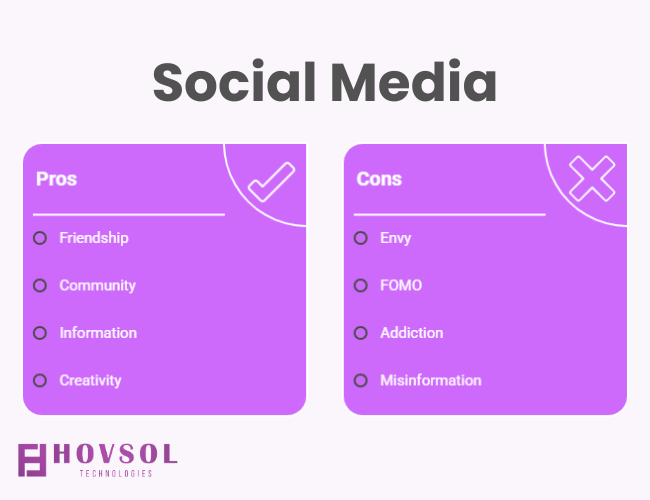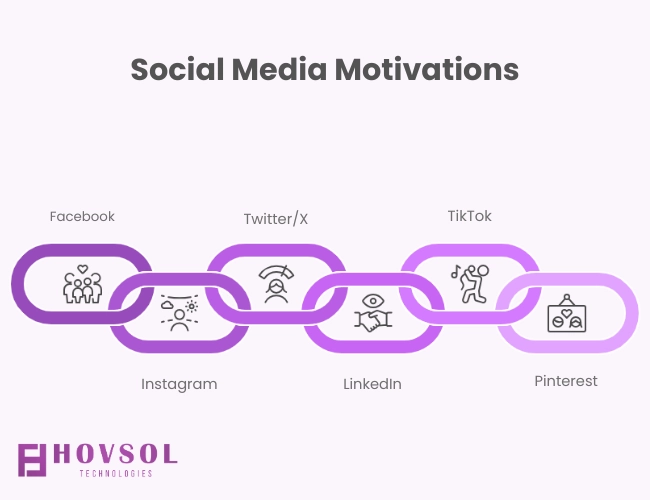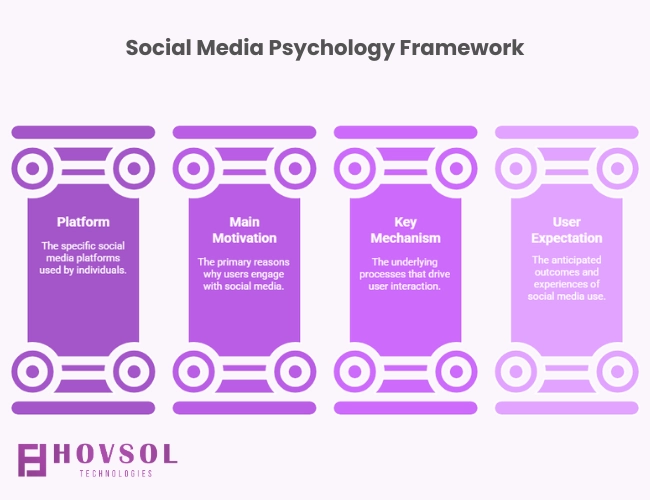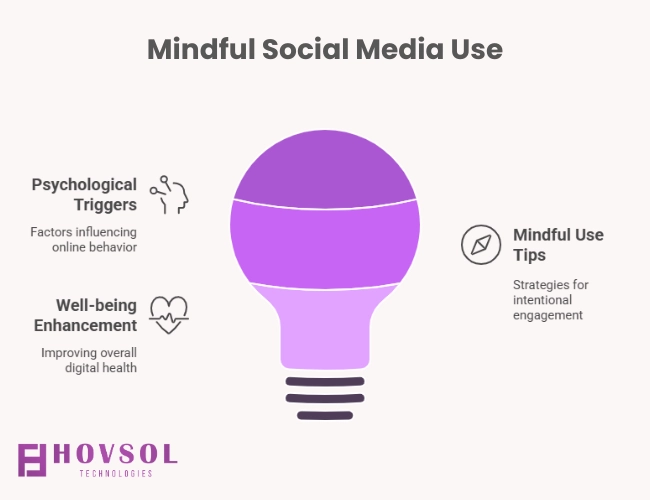Have you ever wondered why some social media apps feel so different from others? It’s not just about features—each platform taps into specific psychological needs and behaviors. Understanding these hidden drivers can help us navigate the digital world more intentionally.
Key Takeaways
- Different Platforms, Different Drivers – Each social media platform engages users by tapping into specific psychological needs such as belonging (Facebook), aspiration (Instagram), real-time influence (Twitter/X), career growth (LinkedIn), entertainment (TikTok), and inspiration (Pinterest).
- The Dopamine Effect – Notifications, likes, and unpredictable rewards trigger the brain’s reward loop, encouraging repeated engagement and shaping attention, emotions, and decision-making.
- Mindful Usage Matters – While social media can connect, inspire, and inform, excessive or passive use can lead to negative effects like envy, FOMO, and reduced focus—balance is key.
The Brain’s Reward Loop

Social media platforms are designed to tap into the brain’s dopamine system. Each “like,” comment, or notification gives a quick burst of pleasure, creating a habit loop that keeps us coming back for more. The unpredictability of these rewards—similar to pulling a slot machine lever—makes the experience even more addictive and can influence how our brains process gratification.
For a clear, science-backed explanation, check out the U.S. National Institutes of Health (NIH) article: Social Media Use and the Brain. It explores how social media use can shape attention, decision-making, and emotional well-being.
These platforms can be incredibly powerful for inspiring creativity, sharing knowledge, and building connections. But the same features that make them engaging can also have a downside. Too much use may chip away at focus, disrupt emotional balance, and change how we interact in real life. Like any tool, their effect comes down to how—and how often—we use them.
Connection, Comparison, and FOMO

Humans crave connection. Social media offers a “third place” to connect beyond home and work. However, passive scrolling can increase loneliness, while active engagement builds social capital. Idealized self-presentation and constant comparison to others’ highlight reels can lead to envy and lower self-esteem. FOMO (Fear of Missing Out) drives frequent checking to stay updated.
Platform-Specific Psychology

Facebook: The Community Hub
Fulfills needs for belonging and connection, especially among Millennials. Groups and family updates provide community support, though overuse can cause disconnection.
Instagram: Visual Aspiration
Centers on self-expression and validation through curated visuals. Likes and comments boost self-esteem, but can also fuel comparison and beauty ideals.
Twitter (X): Real-Time Influence
Driven by the need for instant updates and public self-expression. Retweets and virality offer social reward, but the fast pace can cause information overload.
LinkedIn: Professional Identity
Focuses on career growth, recognition, and networking. Endorsements and promotions deliver professional validation, while career-focused FOMO motivates engagement.
TikTok: Short-Form Escape
Hooks users with personalized entertainment and trends. The algorithm creates a flow state, offering both distraction and creative participation.
Pinterest: Positive Planning
Serves as a digital mood board for aspirations and ideas. Content is inspiring, goal-oriented, and often tied to future planning.
Core Motivations by Platform

| Platform | Main Motivation | Key Mechanisms | User Expectations |
|---|---|---|---|
| Belonging, connection | Social comparison, community | Updates, groups, staying in touch | |
| Aspiration, validation | Dopamine loop, upward comparison | Entertainment, inspiration, brand interaction | |
| Twitter (X) | Real-time info, influence | Micro-interactions, FOMO | News, opinions, customer service |
| Career growth, recognition | Reciprocity, social proof | Networking, learning, job search | |
| TikTok | Entertainment, creativity | FYP algorithm, endless scroll | Trends, discovery, news |
| Inspiration, planning | Visual organization, positivity | Project ideas, shopping, creativity |
Related Strategic Reading
To truly optimize your social media approach, it’s not enough to understand user psychology—you also need to measure performance effectively. Tracking engagement, reach, and conversion rates provides actionable insights that can refine your strategy and boost results. For a detailed breakdown of essential tracking methods and benchmarks, visit our blog on Social Media KPIs, where we outline the most important metrics for achieving measurable success in digital marketing.
Conclusion

Each platform is its own psychological ecosystem. Recognizing their unique drivers—community on Facebook, aspiration on Instagram, immediacy on Twitter, professional identity on LinkedIn, immersive fun on TikTok, and inspiration on Pinterest—helps us use them with purpose. By aligning our engagement with our goals, we can create a healthier digital experience.
FAQs
Q1: How does social media affect human behavior?
Social media influences human behavior by triggering dopamine-driven reward loops, shaping emotional responses, and reinforcing habits through likes, shares, and notifications.
Q2: Which social media platform is best for professional growth?
LinkedIn is designed for career development, offering networking opportunities, job searches, and professional recognition.
Q3: Why is Instagram considered addictive?
Instagram’s curated visuals, likes, and upward comparisons create a dopamine loop that can boost self-esteem but also fuel comparison and FOMO.
Q4: What are the psychological effects of TikTok?
TikTok’s algorithm delivers personalized, short-form content that creates a flow state, combining entertainment with a sense of community and trends.
Q5: How can I use social media more mindfully?
Set intentional goals for your time online, engage actively rather than passively, and be aware of the emotional impact each platform has on you.




